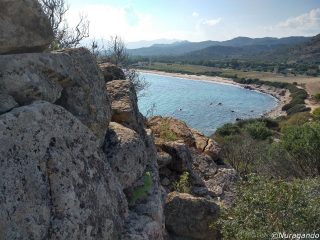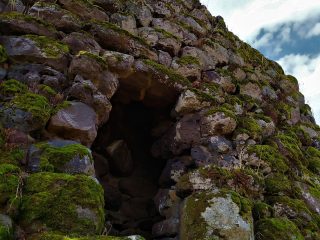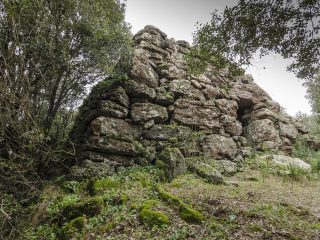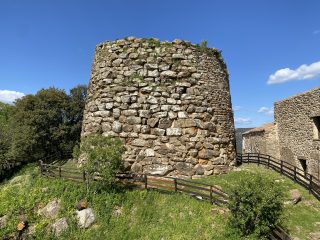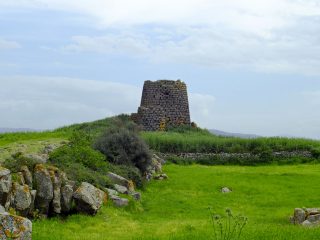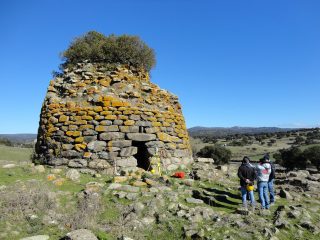The Sa Testa holy well is one of the best known places of worship in Nuragic Sardinia. It dates to the Late Bronze Age (XII-XI century B.C.). It was built with blocks of local schist, granite and a unique element, the first step on the stairway, in trachyte.
The monument consists of a large ellipsoidal courtyard, crossed by a water drainage gutter and completed with stone seats around the edges, where most likely the rituals were held; a trapezoidal vestibule, it too with seats on the sides; a staircase with 17 steps leading to the well chamber. This latter, constantly submerged together with the other steps, is circular and covered by a 5-metre-high tholos. The temple was uncovered in 1938 and restored in 1969. The material found during the dig is proof that the site was populated from the Nuragic era up until the Imperial Roman era. Some of the most significant items include a small juniper wood statue depicting a female silhouette.
The site can be reached from Olbia, across the industrial zone, as far as the large “Pozzo Sacro” roundabout. Turn into via Camerun at the Gallura shopping centre and at the end of this road turn left. There is a gate with visitors’ car park.







